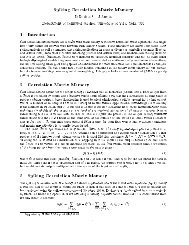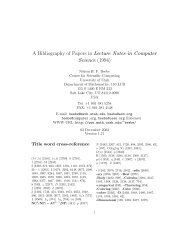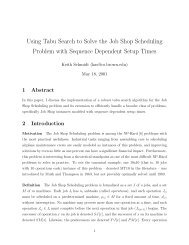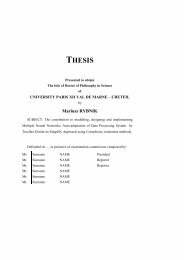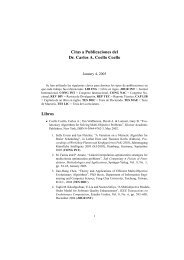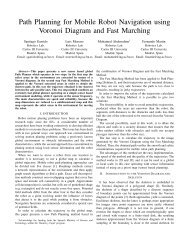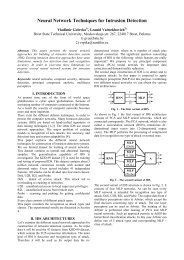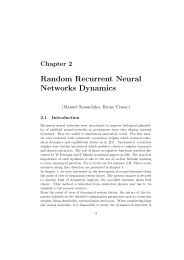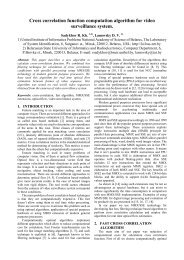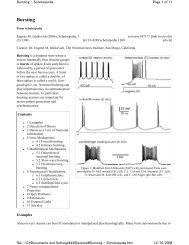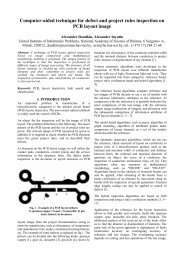NYT-1201: STATE OF THE ART A Thermostat That's Clever, Not ...
NYT-1201: STATE OF THE ART A Thermostat That's Clever, Not ...
NYT-1201: STATE OF THE ART A Thermostat That's Clever, Not ...
Create successful ePaper yourself
Turn your PDF publications into a flip-book with our unique Google optimized e-Paper software.
neuroscience was a guiding principle as well. Bra<br />
ins are low-power, nimble computing mechanisms — r<br />
eal-world proof that it is possible.<br />
A brain does its computing with a design drastical<br />
ly different from today’s computers. Its processor<br />
s — neurons — are, in computing terms, massively d<br />
istributed; there are billions in a human brain. T<br />
hese neuron processors are wrapped in its data mem<br />
ory devices — synapses — so that the brain’s paths<br />
of communication are extremely efficient and dive<br />
rse, through the neuron’s axons, which conduct ele<br />
ctrical impulses.<br />
A machine that adopts that approach, Dr. Modha sai<br />
d, would represent “a crucial shift away from von<br />
Neumann computing.” He was referring to a design w<br />
ith processor and memory physically separated and<br />
connected by a narrow communications channel, or b<br />
us, and operating according to step-by-step sequen<br />
tial methods — the von Neumann architecture used i<br />
n current computers, named after the mathematician<br />
John von Neumann.<br />
The concept of neuromorphic electronic systems is<br />
more than two decades old; Carver Mead, a renowned<br />
computer scientist, described such devices in an<br />
engineering journal article in 1990. Earlier biolo<br />
gically inspired devices, scientists say, were mos<br />
tly analog, single-purpose sensors that mimicked o<br />
ne function, like an electronic equivalent of a re<br />
tina for sensing image data.<br />
But the I.B.M. and university researchers are purs<br />
uing a more versatile digital technology. “It seem<br />
s that we can build a computing architecture that<br />
is quite general-purpose and could be used for a l<br />
arge class of applications,” said Rajit Manohar, a<br />
professor of electrical and computer engineering<br />
at Cornell University.<br />
What might such applications be, 5 or 10 years fro



